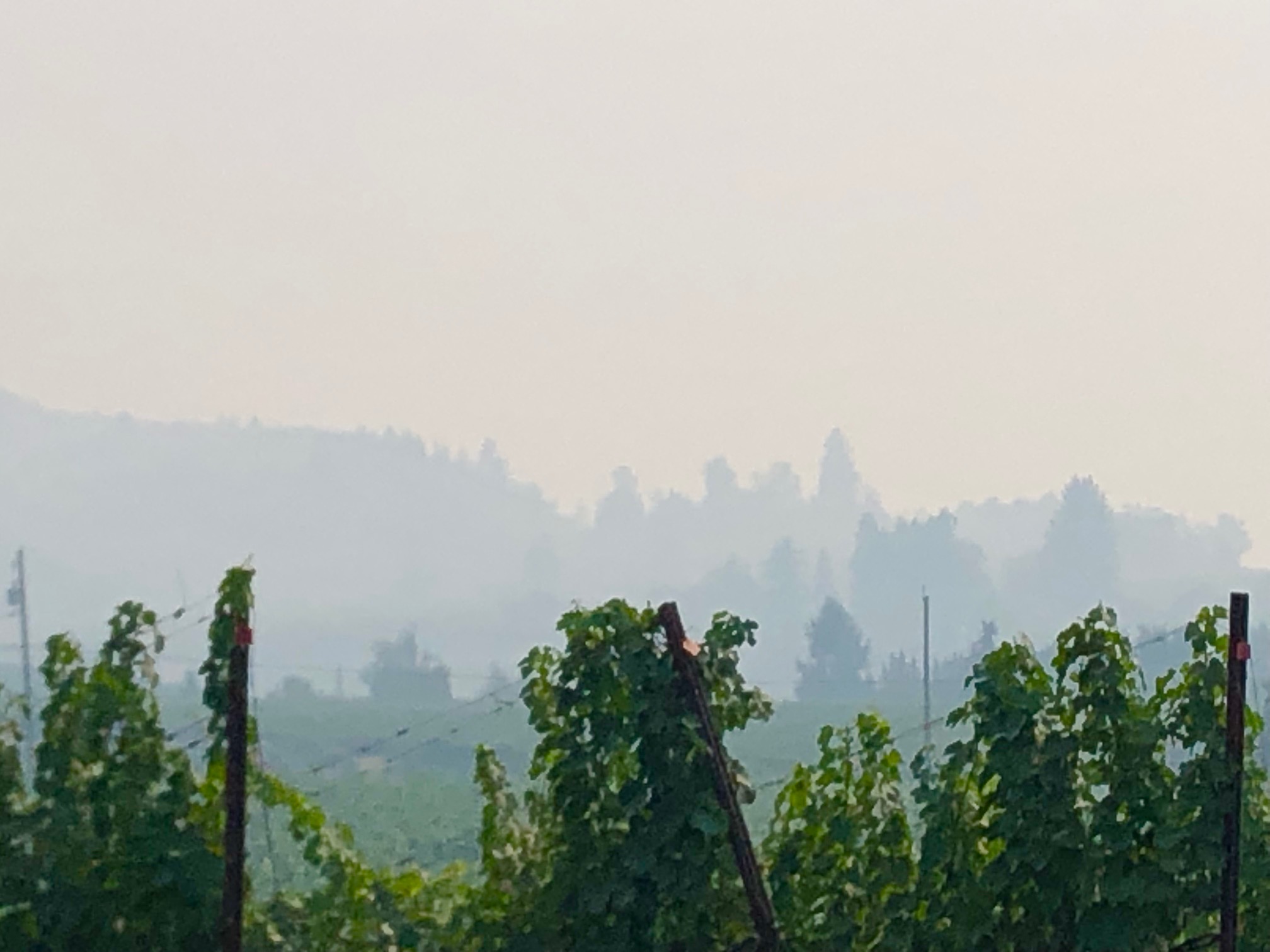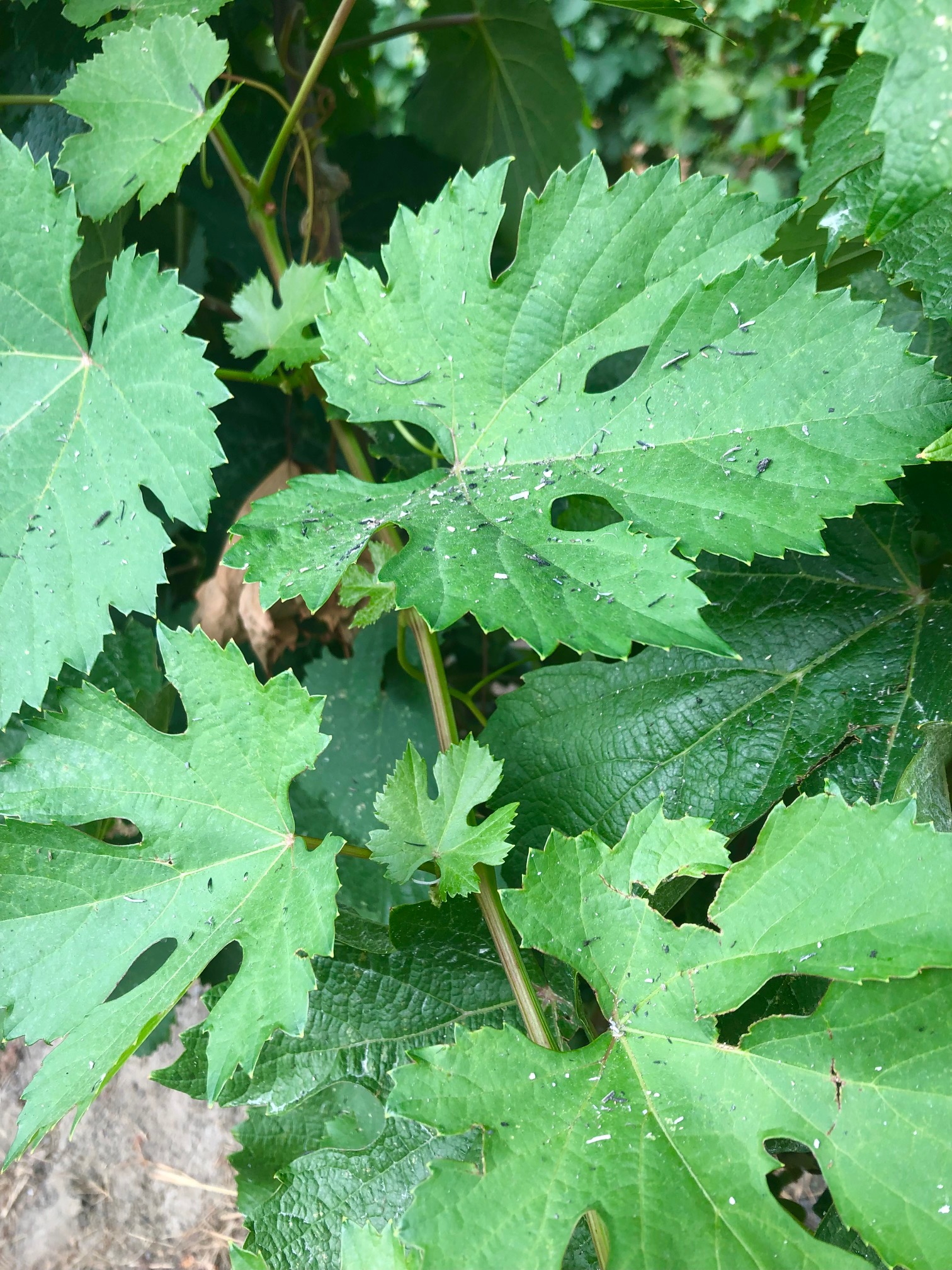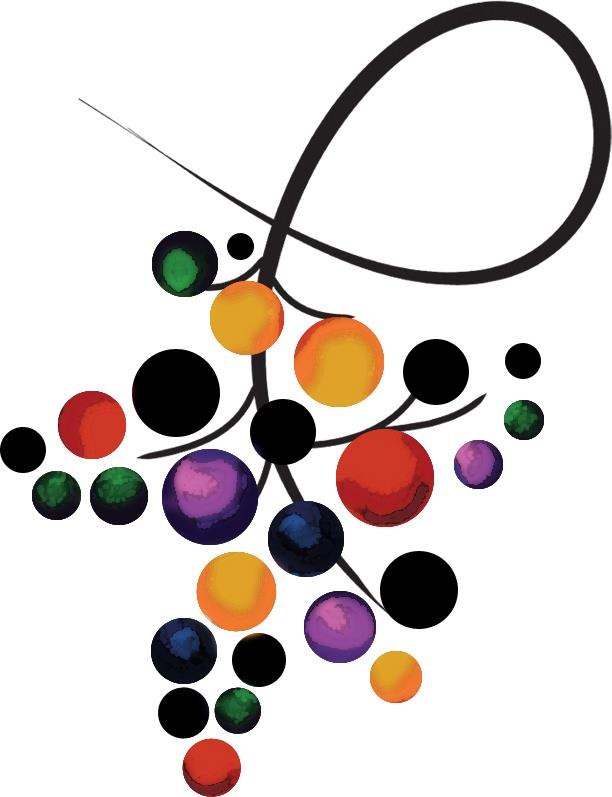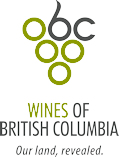Articles & Newsletters
Monday, July 19, 2021
SMOKE TAINT & BC WINE LIFE
in the midst of climate change

With all of the buzzing overhead of helicopters and the roaring of water bombers over these hot summer BC days, one might think that our wine world is in dire straights. And, it’s not only us here in BC, but Australia, California/Sonoma, Spain, and Portugal have seen crazy levels of fires rip- ping through their vineyards too. This, it seems, is becoming the norm. One of the effects these fires have in our wine regions is the drifting in of smoke clouds that sometimes just hang there, shrouding the vineyards. If the fire is close enough, we might even see particles of ash settling on the grapes and vines, and it is possible that these smoke particles may be absorbed by both.
We have all heard the words ‘smoke taint’ being tossed around our wine world over the past few years. We may wonder what the term means, exactly, and how it could affect our wine drinking experiences.
"Smoke is an aerosol of small solid particles and/or liquid droplets. The composition varies de- pending on the type of material burned, and the intensity of the heat." (Scott Labs)
Smoke taint, is the result of the absorption of smoke compounds by the grapes either directly, or via leaf exposure through the vine. It can vary from a mild toasty nuance, which some might say enhances the complexity of a wine, to an unquestionable presence of unpleasant organoleptic notes that may smell or taste smoky, spicy, plastic-like or even like a dirty ashtray. Not good. it is important to note, that low levels of some of these compounds exist naturally in wine, and levels of the free compounds can naturally become elevated during aging. We need then to really know our wines, so we can correctly identify when it is actual smoke taint that we are seeing.
One of the really interesting factors is that these smoke compounds can bind to the sugars and other compounds found in the grapes after permeating the skins, and therefore can go un-noticed until during or after fermentation... if or when the compounds become free, or unbound. When the smoke compounds are bound, they appear odourless and tasteless. When they are released and made free during fermentation or aging, the smoke aromas and flavours are then made apparent. So, a wine can appear clean pre-fermentation, and later show smoke taint! Tricky.
This calls for plenty of smoke taint marker testing ahead of harvest so that the winemaking team knows what they are up against, and a micro pre-harvest fermentation test will often give an ex- ample of what they will be dealing with once they enter into full scale production and fermentation during the harvest season.
The awesome news is that there have been many researchers and scientists working behind the scenes to find ways for our wine makers to test for, mitigate and even remove those smoke com- pounds present, so much so that one would never know they had infiltrated the grapes (and wine) in the first place!
With regards to testing, Leonard Lermer, Research Bio-chemist at BCBTAC and Chair of the Chemistry dept at OK College has been "developing a process to obtain a quantitative analysis of not only the 3 most common smoke taint compounds (guaiacol, 4-methylguaiacol, and p. cresol), but a more comprehensive analysis of up to 20. New testing methodology will positively identify both bound and free smoke taint compounds, which will be very useful to the industry."
Leonard says also that "This methodology is in it's early stages, but the BTAC is on top of it!"

Additionally, the TAC is experimenting with a new Reverse Osmosis system with varying types and sizes of membrane filters. This will allow winemakers to have a bench scale test performed on a small amount of their wine and then know how it will show post RO. Providing this service gives winemakers the insight they require to make an informed decision regarding the finishing of their wine. The BCBTAC’s mission is to provide analytical services to the producers in the BC beverage industry.
Preventative processes are key, and can range from a simple careful sorting of grapes from leaves, as leaves can also absorb smoke compounds, the least amount of contaminated raw ma- terial going into the wine the better... and keeping the grapes nice and cool so that the skins will not rupture prematurely, to minimizing the amount of time exposed to the skins (for whites and rose ´s) pre-fermentation.
Aromatic compounds and colour can be protected (from migrating smoke taint compounds re- maining in must solids after pressing) by a rapid and timely clarification of must with relatively high doses of fining agents like bentonite, carbon, and silica gel combined with gelatine. And, there have been some good results encouraging pleasing esters and fruity notes by lifting the must off of the solids with pre-fermentation racking.
Carefully controlled fermentations with the right yeast, at the right temperatures are key to hang- ing on to those great fruit aromas and tastes that we want to remain in the wine and the fermenta- tions can be augmented by strategically incorporated yeast nutrients at just the right time.
Post-fermentation, racking off of the lees again will prevent migration of smoke taint particles that have precipitated out of the wine along with the spent yeast cells (the lees). This, followed by a good fining and filtering program and testing before bottling will be the last mitigating step before the wine arrives at our dinner tables.
These are but a few examples of some best practices currently being used in dealing with smoke taint compounds in winemaking. Lucky for us, the options are diverse, there are many, and they keep growing.
We can see then, that with careful attention to detail, new methodologies, and enhanced knowl- edge of what is actually taking place throughout the entire winemaking process, that there are many preventative steps that can be taken to end up with the aromatic, clean and expressive wines we are used to. And so it seems, we are well covered!
Finding ways to live with climate change can be tough as the world changes, but for all of us avid wine aficionados we can at the very least, be confident that we may continue enjoying gorgeous, complex and clean BC wines from our beloved and diverse BC terroir.
by Wendy Vallaster, Certified Sommelier ISG International Wine & Hospitality Professional of 30yrs+
References -
MDPI Review of the Effects of Grapevine Smoke Exposure and Technologies to Assess Smoke Contamination and Taint in Grapes and Wine
Scott Labs - What to do with grapes exposed to smoke taint
 By Wendy Vallaster
By Wendy Vallaster
